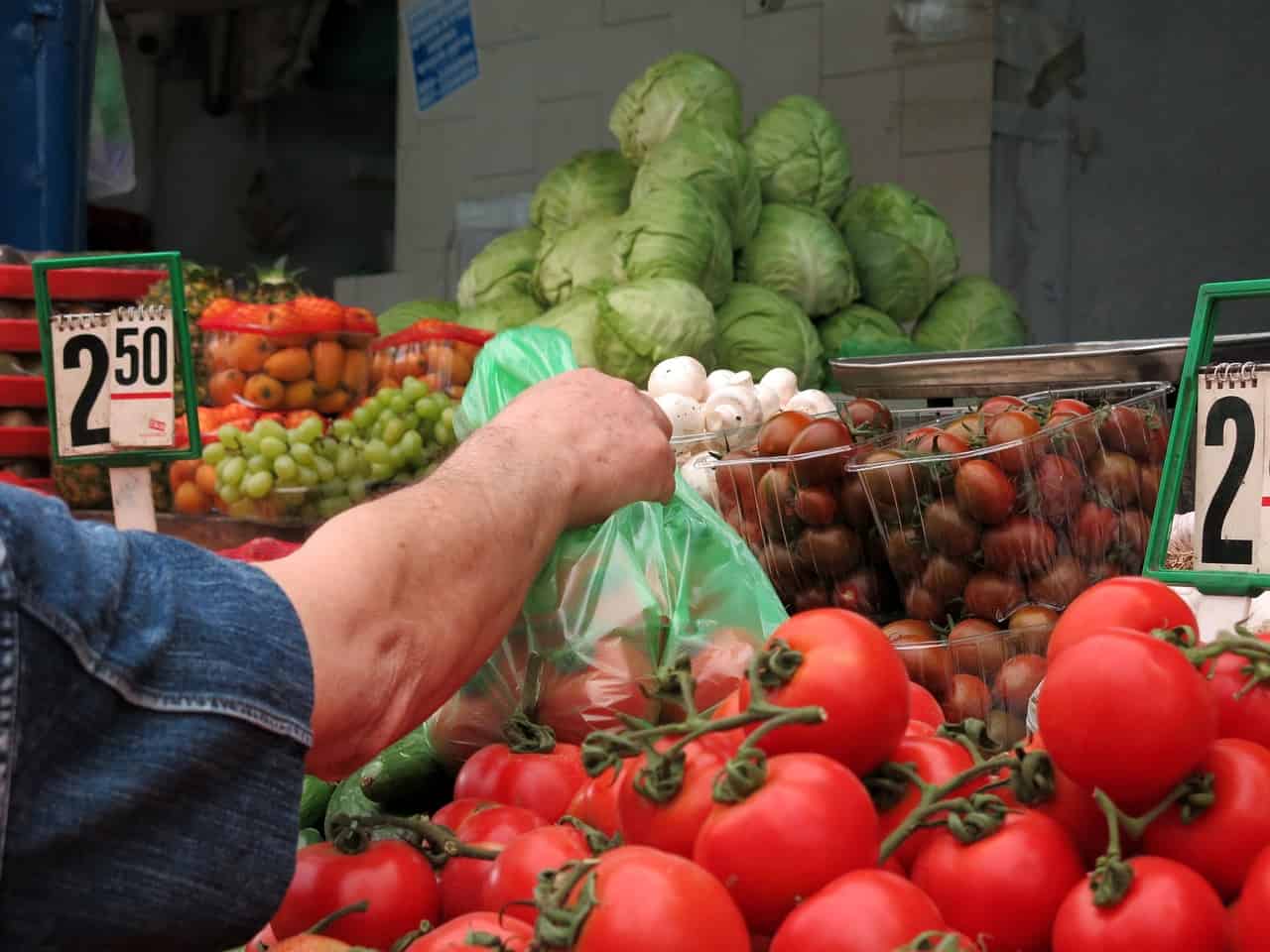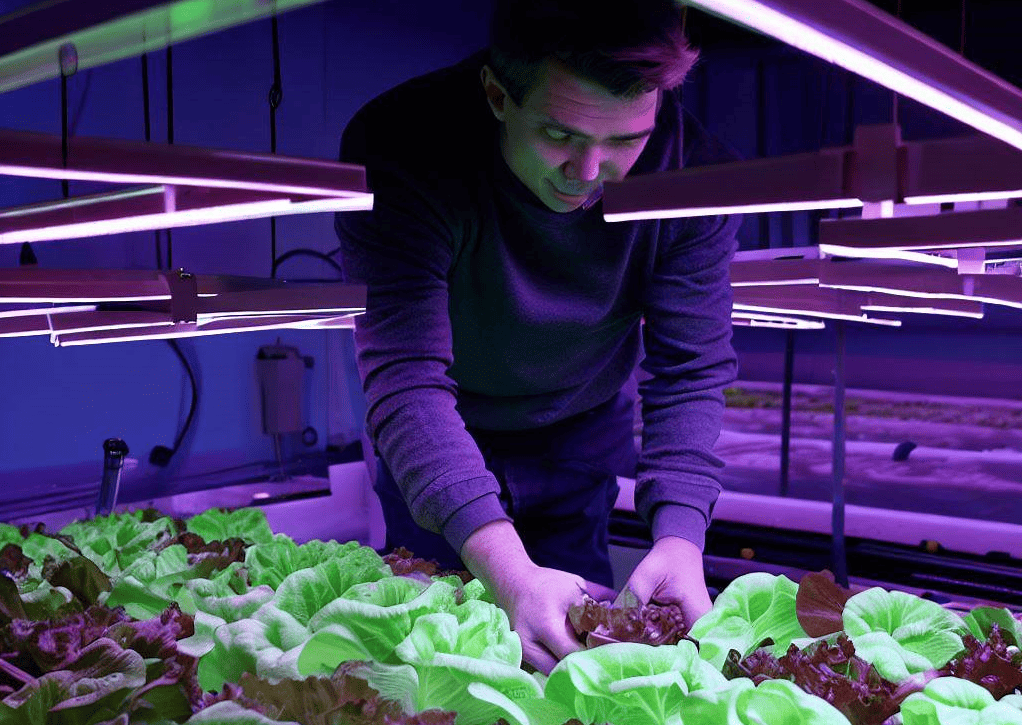
As part of the European Green Deal package, the European Commission seeks looser rules for genetically modified food. The Commission hopes that relaxing the rules will lead to less use of pesticides and a stronger competitive position for the EU in the global market. The new genetic technique CRISPR-Cas awarded a Nobel Prize in 2020, could be used if the legislation changes. However, opponents fear an increase in the lack of transparency about the origin of our food and possible damage to the organic sector. The proposed changes have yet to be approved by the European Parliament and EU countries, which could take years.
- European Commission agreed to relax rules on genetically modified food as part of the Green Deal package;
- New legislation allows the use of the genetic technique CRISPR-Cas;
- There are concerns about damage to the organic sector and a lack of transparency about food origins.
The future of food: genetic modification
To improve biodiversity and reduce the use of pesticides, the European Commission has announced that they are considering relaxing rules on genetically modified products. These changes aim to make the European Union more competitive with countries such as the United States, China, and Japan, which have long used modern genetic techniques.
One of the techniques that could potentially be used under the new regulations is CRISPR-Cas, a genetic technique that won a Nobel Prize in 2020. Existing legislation currently restricts this technique, but if the rules are changed, this could change. The potential application of CRISPR-Cas marks a major step forward in the science of genetic modification and has the potential to change the way we produce food radically.
A new category of genetic crops
Under the Commission’s proposal, there would be a strict distinction between two types of genetically modified crops. The rules would become very lenient for the first category, crops that could be created by conventional breeding techniques or by spontaneous mutations. The new genetic methods, such as CRISPR-Cas, would make these mutations more precise and targeted.
The second category of genetically modified crops, which conventional techniques or spontaneous mutations cannot create, would still fall under the old, strict regulations. This would mean that producers would have to demonstrate that these crops are safe for consumers and the environment, and there would have to be a label on the products indicating that they were genetically modified.
What it means for consumers
Adapting these changes would mean that genetically modified crops are indistinguishable from traditionally grown crops and could more easily enter the market. The EU hopes this leads to an increased supply of crops better adapted to climate change and pests or crops with better nutritional value, such as potatoes that are more resistant to disease or cereals with less gluten.
However, there is also concern that consumers can’t distinguish genetically modified products from traditionally grown products, as there’s no label required. This raises questions about the transparency of the origin of our food and consumer choice.
Soil quality and genetic modification
In addition to the proposed regulations for genetically modified crops, European Commissioner Frans Timmermans also presented a plan to improve European soil quality. Healthy soil is essential for sustainable agriculture and can help reduce CO2 emissions and climate adaptation. However, instead of setting demanding standards, the proposal sticks to an obligation to monitor the soil better. This part of the proposal will likely lead to intense discussions in the European Parliament and EU countries.


